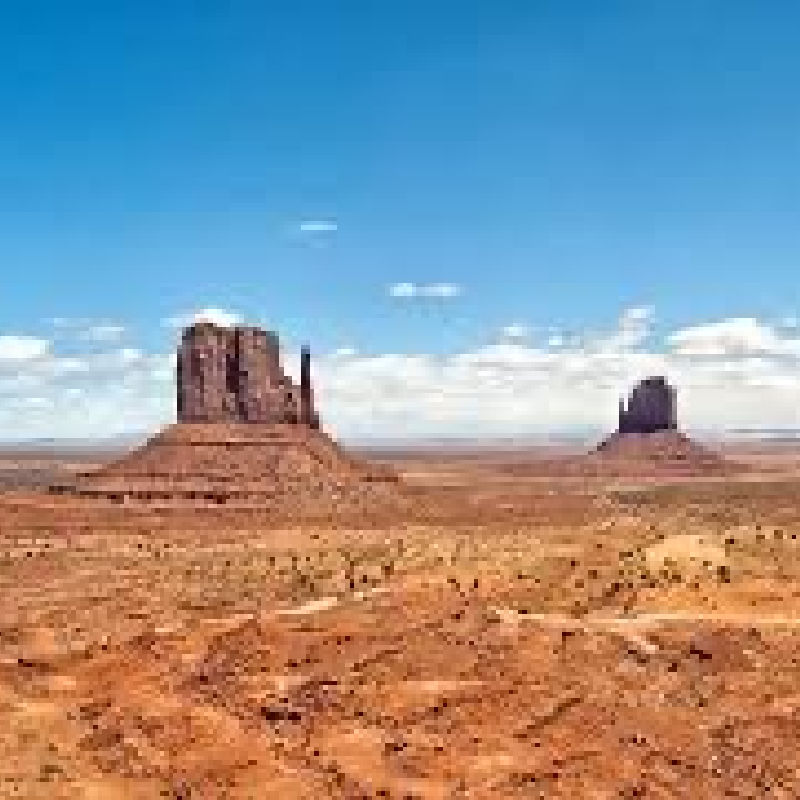
Exploring Desert Camouflage Patterns: A Guide to Staying Hidden in Arid Terrain
Desert environments pose unique challenges for those seeking concealment. With vast expanses of sand, rocky terrain, and minimal vegetation, effective camouflage must blend into these natural features seamlessly.
At Better Bushcraft, we pride ourselves on offering a wide variety of desert camouflage patterns from around the world.
Here’s a closer look at the most popular types and their unique features.
1. Desert Battle Dress Uniform (DBDU)

The U.S. military introduced the DBDU in the early 1980s. Often called the "chocolate chip" pattern due to its brown and black "chips" on a tan background, this design was specifically created for arid regions like the Middle East. It’s great for areas with rocky deserts and works well in environments with significant sand and gravel contrasts.
2. Desert Camouflage Uniform (DCU)

Replacing the DBDU in the 1990s, the DCU features a three-color design: light tan, pale green, and brown. This simpler and more effective pattern became a staple for U.S. forces during the Gulf War and remains a popular choice for paintball, airsoft, and survival scenarios in desert-like conditions.
3. MultiCam Arid

MultiCam Arid is part of the broader MultiCam family, designed specifically for use in sandy and rocky environments. With a subtle blend of beige and muted earth tones, this pattern provides superior versatility in various arid regions. It’s a favorite among modern military forces and enthusiasts alike for its adaptability and effectiveness.
4. British Desert DPM

The British Army's Desert Disruptive Pattern Material (DPM) was developed for operations in desert climates, especially during the Gulf War. Its two-tone tan and light brown design ensures excellent concealment in sandy environments. British Desert DPM is a classic choice for those looking to emulate historical military aesthetics.
5. MARPAT Desert

The Marine Corps’ MARPAT (Marine Pattern) Desert is a digital camouflage that blends light tans and browns into a pixelated design. This pattern is highly effective in both open deserts and areas with sparse vegetation. It’s a go-to for players and survivalists who want a modern, tactical look with proven functionality.
6. Desert Tiger Stripe

This variation of the iconic Tiger Stripe pattern adapts the traditional jungle design for desert environments. With wavy stripes in shades of tan, brown, and beige, Desert Tiger Stripe offers excellent concealment in rocky or sandy terrains while maintaining a striking, retro aesthetic.
7. A-TACS AU (Arid/Urban)

A-TACS AU is a modern, digital-style camouflage designed for use in arid and urban environments. Its blended, organic shapes in tan, beige, and muted browns make it ideal for those navigating transitional zones between deserts and developed areas.
Choosing the Right Desert Camouflage
The best camouflage pattern depends on the specific desert environment and your intended activity. Are you heading to an open, sandy desert or a rocky, mixed-terrain area? Consider factors like the color palette, pattern size, and the historical or aesthetic appeal that suits your needs.
Find Your Perfect Camouflage at Better Bushcraft
We offer an extensive range of desert camo patterns sourced from military surplus worldwide. Whether you’re an airsoft player seeking realism, a paintball enthusiast aiming for an edge, or a survivalist preparing for arid conditions, we have something for everyone.
Visit us in-store or online to explore our full collection and let us help you gear up for your next desert adventure!

